INVESTING YOUR MONEY

BULLS, BEARS, AND YOU
Putting your money in the bank is a sure way to have it grow. But if you have extra funds that you don’t need for everyday expenses or emergencies (and you’re willing to take on some risk) investing is another way your money can work for you. Your mission as an investor is to buy stock, hold onto it while the market goes up, then sell it for more than you paid.
That’s a lot easier said than done. Just about every investor has a strategy for “playing the market.” But knowing the best time to buy or sell is a real challenge. Experts say there are always opportunities for smart investing, whether stock prices are going up (like a bull’s thrusting horns) during a BULL market; or whether prices are falling downward (like a bear’s slashing claws) during a BEAR market.
Whether you’re a bull or a bear, your first rule of investing is: think long-term. Saving is for your short-term goals; the stock market is for money you can leave untouched for a substantial amount of time. That way you can wait until the opportunity arises to get the best ROI — return on investment. Experts agree that teens who start investing at an early age are more likely to grow into financially responsible adults. So invest some time on learning the basics, and you could be on your way to becoming a wizard of Wall Street.



TAKE STOCK OF THE MARKET
WHERE COMPANIES SELL AND INVESTORS BUY
When you want to buy a quart of milk you go to the supermarket. When you want to buy a “piece” of a company, you go to the stock market. Stocks are actually units of ownership that are “traded”: bought and sold. The New York Stock Exchange (NYSE), is America’s largest – and is also known as “The Exchange,” “The Big Board,” or simply “Wall Street,” where it’s located. Another key market is the National Association of Securities Dealers Automated Quotation System (NASDAQ), where stocks are traded electronically instead of in an actual brick and mortar building. There are many other stock markets in America and throughout the world, both physical and electronic. And they all do basically the same thing: sell pieces of businesses to investors.
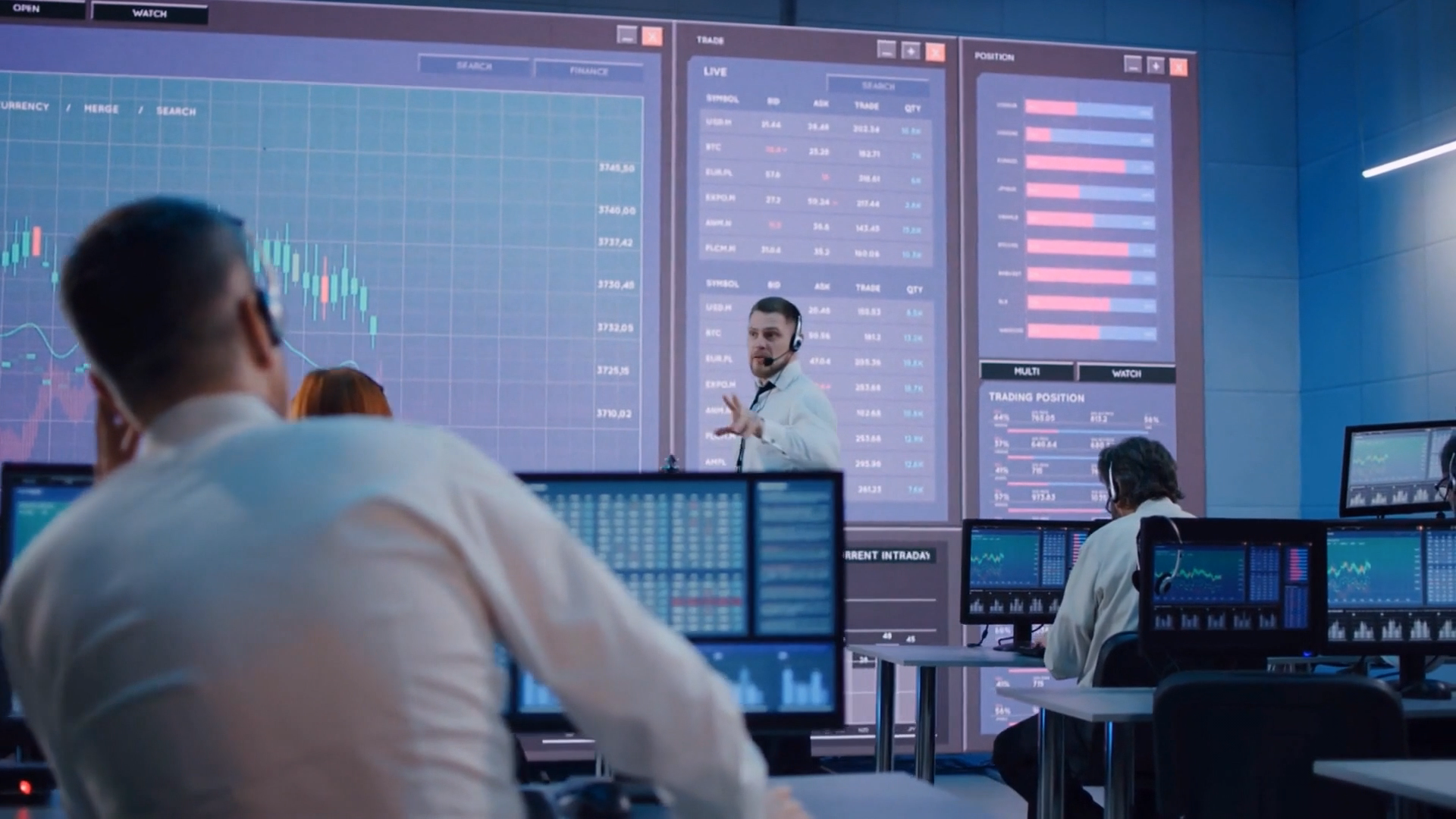

WHY COMPANIES OFFER STOCK
RAISING CAPITAL IS KEY
Companies sell shares of their business in order to raise money. Perhaps they want to open a new plant, buy another company, or modernize their existing facilities. Or companies may use their stockholders’ investment dollars for research, technology, new product development or staffing. Whatever their plan, when you buy stock your money is going toward the growth and success of the company. So you invest with the expectation of having your stock grow in value.
Governments and municipalities need money, too, not only to grow, but to maintain public works, and to keep operating efficiently. Instead of stock, governments often offer bonds, which are similar to loans or IOUs. Learn more about this form of investment in our section on bonds.
START AT THE BANK
YOU DON’T NEED STOCK TO BE AN INVESTOR
You may be surprised to learn that some investments for investors can be found at the bank. Savings accounts are FDIC-insured up to $250,000 per ownwer/co-owner. In exchange, the interest earned is usually minimal.
Besides traditional savings accounts, other higher-earning options include money market accounts, which require a minimum balance maintained. Certificates of Deposit (CDs) require specific deposits to remain untouched for a specific length of time. This loss of liquidity is compensated for by higher interest rates than regular savings accounts. Savings Bonds are securities issued by the Treasury Department to fund the US government. Features include great safety, and possible tax benefits, as well as rate adjustments for inflation. Though no longer sold at banks, savings bonds can still be redeemed there.
Do you have a savings account? Congratulations – you’re already an investor! When you think you’re ready for a bit more risk, the stock market may be your next move. Let’s find out how stocks work, in the following section.


INVESTING IN STOCK
THE UPS AND DOWNS OF STOCKS
Unlike banks, there is no insurance, no set interest rate, no compounding on the stock market. Your investment may tank. Or not. Member firms of SIPC are covered for loss of cash and securities held by a customer. Protection limit is $500,000 which includes $250,000 cash limit.
The stock market offers thousands of investments to choose from. Each offers different degrees of risk, and varying levels of potential return. But clearly, investments with the lowest amount of risk nearly always provide the smallest rewards. This is known as the risk/return tradeoff, which we’ll discuss in the next section.
Though the risk and return can vary, all stocks work in basically the same way. When you buy stock, you are becoming a part owner in that company. The more stock you own, the larger your share of ownership. Here is an overview of some things that can happen as your investment grows:
- Appreciation – As the company thrives, the price of the stock appreciates in value. Each share is worth more than the price you paid. So if you sell, you will be making a profit on your investment.
- Dividends – Companies pay their stockholders a share of the profits. These dividends are usually paid quarterly, and can take the form of cash, or additional shares of stock.
- Stock Splits – Can a company do too well? Not really, but sometimes companies think the price of their stock has risen so high it’s no longer attractive to investors. In that case the company may split the stock. This creates more shares, at a lower price, though the value remains the same. For instance, say you own 5 shares of Super Suds Soda, at a current price of $10 per share. Your investment is $50. The company does a 2 for 1 split. You now own 10 shares at $5 per share, and your investment stays at $50.
- Selling – The whole point of investing is to reap a reward. And no matter how much your stocks have risen in value, you can’t realize any gain unless you sell them. The ideal is to sell when the stock is at its peak value. But that’s very difficult. Sometimes you won’t know the peak’s been reached until the stock prices begin to fall. Will they continue to fall or go back up? You may have a pretty good idea of the answer, by tracking your stock value, and knowing at all times how your company is doing. That way you could know when it’s time to sell your stock.
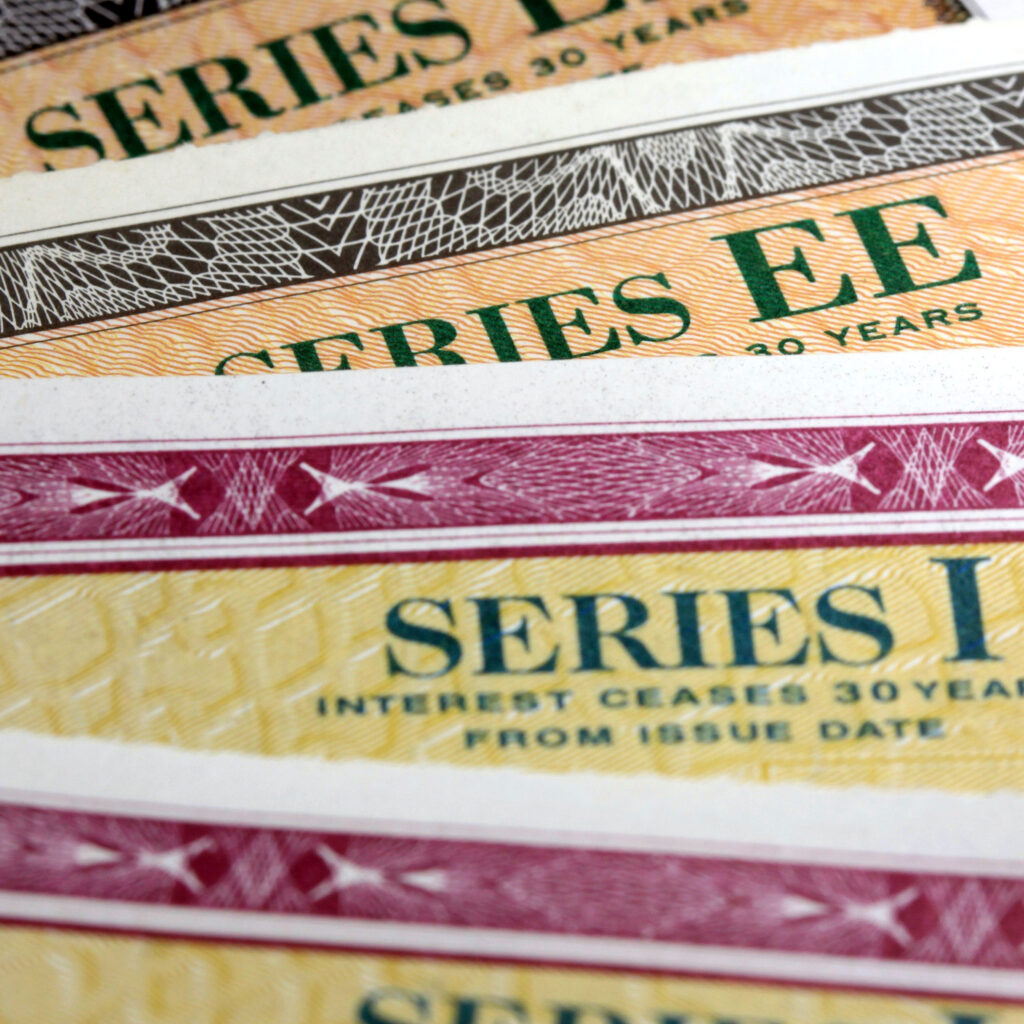

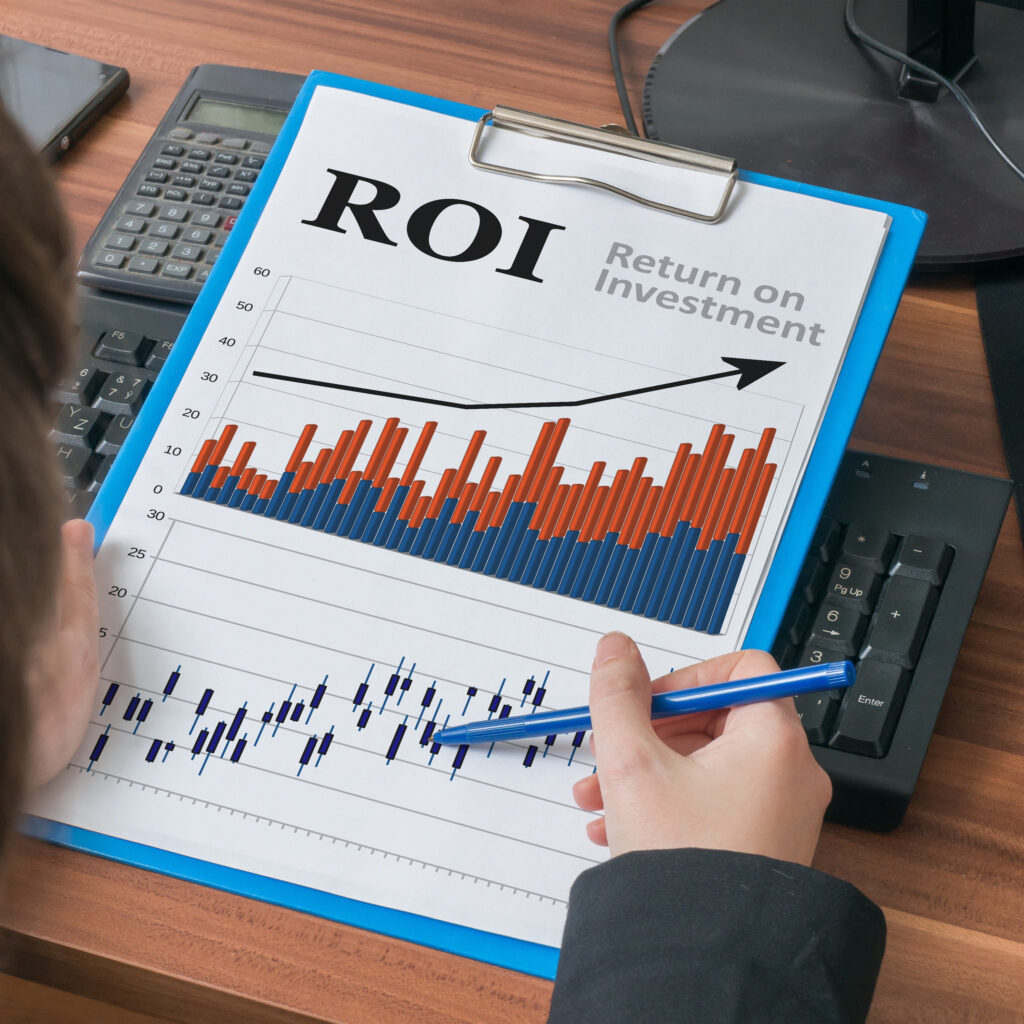
BONDS, MUTUAL FUNDS AND ETFS
OTHER WAYS TO INVEST
It may be called the stock market but the fact is many other investments are available there. Two of the most popular are bonds and mutual funds.
What are bonds?
When you buy shares of stock, you are becoming a part owner of the company. When you buy a bond, you are lending money to the company for a specified length of time. So in essence you become a creditor. In return for the loan, the company promises to pay you interest during the life of the bond, plus to repay you the amount of your loan (which is the face value of the bond) at the due date.
The government issues bonds in order to finance projects. In addition to these US government securities, there are also corporate bonds, mortgage, and asset-backed securities, foreign government and high-yield bonds.
Bonds are generally considered a less risky investment than stocks, because you know how much you will be earning. However, there is some risk involved, ranging from low risk ones such as Treasury Notes, to high-yield bonds, also called junk bonds, which are often issued by low rate companies. As you might expect, the greater the risk the higher the interest offered, in order to entice investors.
What are mutual funds?
Are you comfortable putting all your eggs all in one basket? If so, you may choose to invest all your money in a single company. But if you’d prefer to diversify (and possibly avoid the risk having all your eggs broken), a mutual fund may be right for you. Although diversification does not guarantee against loss. It is a method use to help manage investment risk.
Basically, a mutual fund is made up of various kinds of investments, such as stocks, bonds, perhaps real estate. The fund is overseen by a manager, who invests the pooled funds of thousands or even millions of shareholders. When you buy a share of a mutual fund, the cost is called its NAV, or net asset value. A fund’s NAV is calculated every day after the markets close.
Mutual funds may be focused on a specific sector, such as technology or agriculture. Or they may be made up of strong stocks from every area. There are more than 8000 mutual funds to choose from, depending on whether you want an income-producing, aggressive or long-term investment.
The success of a mutual fund can depend greatly on the expertise of its fund manager, and the really outstanding managers do not come cheap. So investors must expect to pay a fee for that expertise amongst other fees and expenses which are listed in the prospectus. The prosepectus describes the holdings, fees, expenses and the funds objective.
What are ETFs?
Exchange-traded funds are a popular and innovative investment that enables investors to buy a diverse portfolio of securities with a single purchase. An ETF can track an index, bond, commodity or a “basket” of assets (ex: an index fund). ETFs trade throughout the day like a stock and may trade for less than their NAV. They are sold with a prospectus.


RISKS, REWARDS AND ROI
BALANCING THE SEESAW
Everything you do comes with some risk. It is your job to understand the risk and decide if you’re willing to take the chance. In other words, you need to balance the risk with the potential reward, or return.
Investments come with different levels of risk and return. Usually, the higher the risk, the greater the possibility of making a profit on the stock you buy. The lower the risk level, the smaller the potential return.
You may decide that rather than putting your money in a low risk investment such as US government securities (which have practically no chance of defaulting, but which offer a modest ROI), you’d rather take a chance on a volatile, unproven company that may be poised for huge growth in the next few years. You’re willing to take on the high risk. But you must also remember that high returns, though possible, are not guaranteed. Your volatile company may not grow as much as expected, so the potential returns may be unrealized.
The risk/return tradeoff
Putting your money into investments with very little risk can offer you modest returns. If you choose investments with potentially higher returns, your possibility of losing some (or all) of your investment grows proportionately.
DETERMINING ROI
HOW TO KNOW HOW YOU’RE DOING
Is your stock growing in value? Is your investment still a good one? Is it time to hold onto your stock, or sell it? You can’t answer these questions until you know how hard your money is working for you. One way to measure that is with this formula for ROI, or return on investment. It will show you what percentage of money you gained (or lost) on your investment:
ROI = R (return) – I (investment)
_______________________________ X 100
I (investment)
- Determine your gross return on your investment
- Subtract the original investment
- Divide by the amount of your original investment
- Multiply by 100 to give you the percent of your loss or return
For instance, say you bought 5 Wonder Widgets at a cost of $200 each, for an investment of $1000. You sold them all for $300 each, a gross return of $1500. Using the formula above, you subtract $1000 from $1500, leaving $500, which is your gross profit. Dividing that by your original investment of $1000, you get .50, or a 50% return on investment.


INVESTING FOR TEENS
GOOD NEWS / BAD NEWS
The bad news is you cannot buy stock if you’re under the age of 18 (or 21, depending on your state). The good news is you can open a custodial account under your name along with a parent or guardian who agrees to co-sign. You can choose your own stocks, give your folks the money to buy shares, and decide when to sell. But the adult must take all the actions on your behalf, until you reach the age of consent. At that time, all funds in the account will be completely under your control.
Custodial accounts can include UGMA-UTMAs, or dividend reinvestment plans (DRIPs) in which large corporations allow you to make regular investments directly into their business, without going through stockbrokers.
When you’ve begun your post-school career, you’ll be ready to open an individual retirement account (IRA). Employers usually offer a 401(k) plan, which you may fund by taking some money out of each paycheck. Many companies match your contributions, so your nest egg grows even faster. We’ll talk more about retirement in another section.
Another benefit of investing early: you have the advantage of time. You can take more risks, and potentially reap greater returns, because you will have many years to wait out market dips, and to diversify your investments.
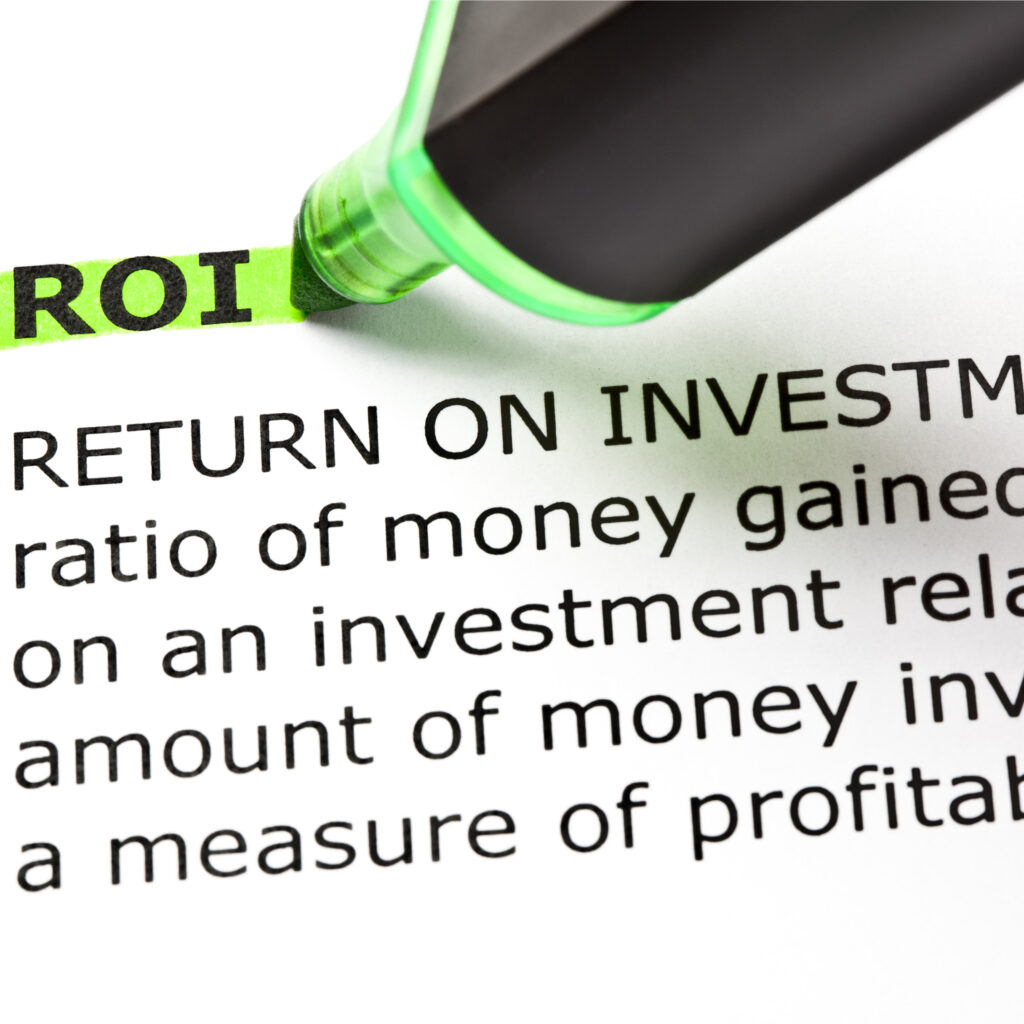
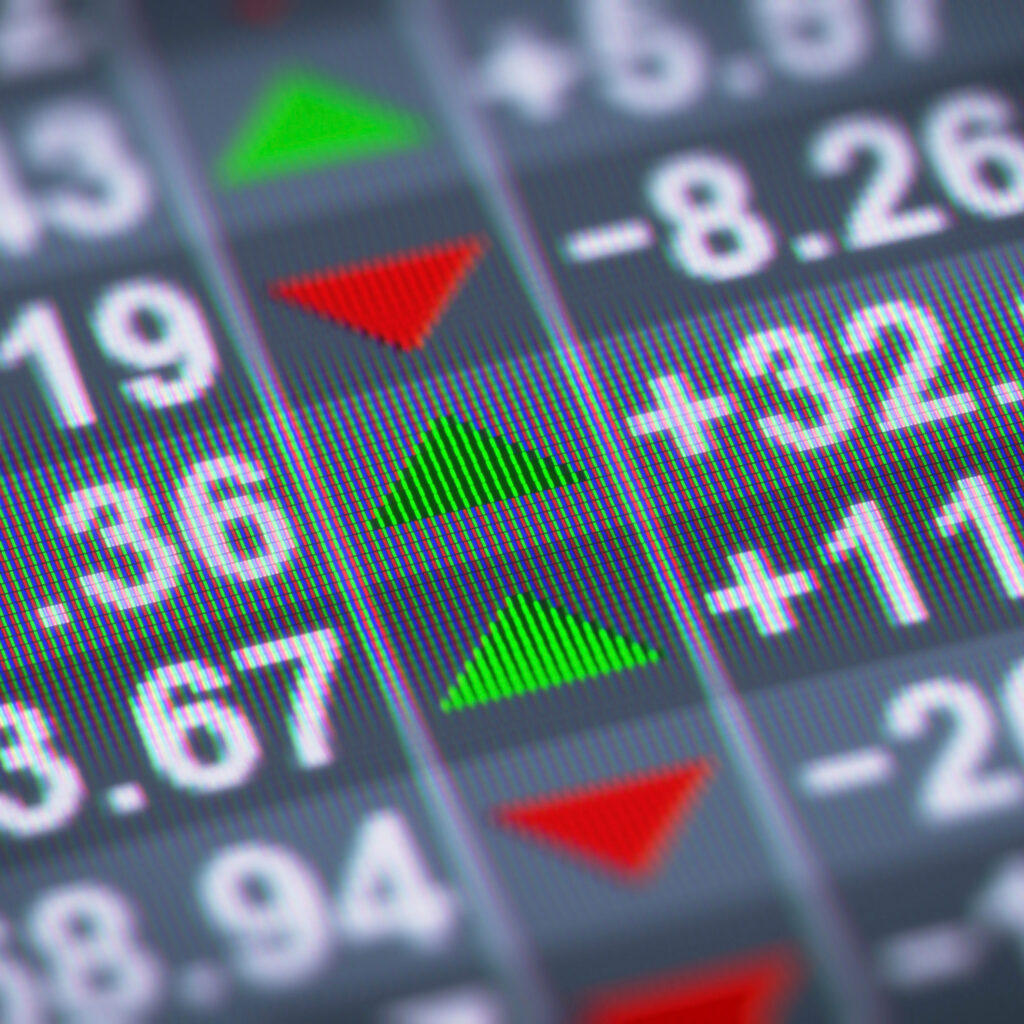
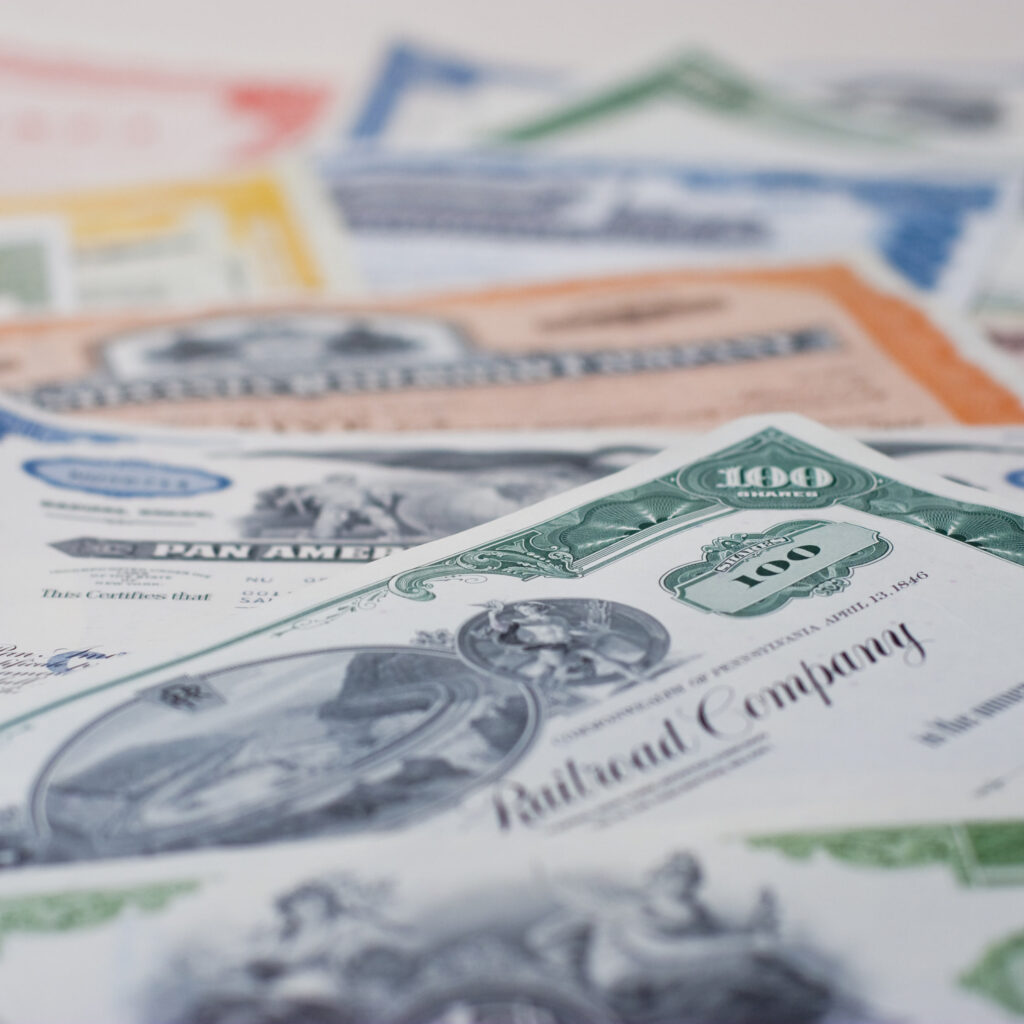
KNOW MORE
The more you know, the farther you will go! Continue the learning with these resources:
www.Nasdaq.com/investing
www.nyse.com/listings_directory/stock
Stock Market Quiz:
Test your investment intellect with these market-minded multiple choice questions:
http://www.cnbc.com/id/33537477?page=1
Compound Interest Calculator:
How fast can money grow? With the magic of compound interest, your savings can accumulate faster than you might imagine. Try this calculator and see:
https://www.investor.gov/tools/calculators/compound-interest-calculator
The Rule of 72:
Genius Albert Einstein called compound interest “the eighth wonder of the world and mankind’s greatest invention because it is the mightiest force ever unleashed for the amassing of wealth” In fact, he developed his Rule of 72 as a way to calculate when an investment will double in value. So what did Einstein call the Rule of 72? He called it his greatest discovery – even more important than E = MC squared.
Here’s how it works:
Start with the amount of money you have deposited. Then take the number 72, and divide it by the interest rate you are getting. The result will be the number of years it takes for your investment to double (assuming the interest rate remains the same throughout.)
For instance, a $1000 investment earning a 3% rate of return will become $2000 if left untouched for 24 years.
Of course, the more deposits you make, and the higher the interest, the quicker you double your money. But even if you do nothing at all, your investment still grows, thanks to compound interest alone. Pure genius!
